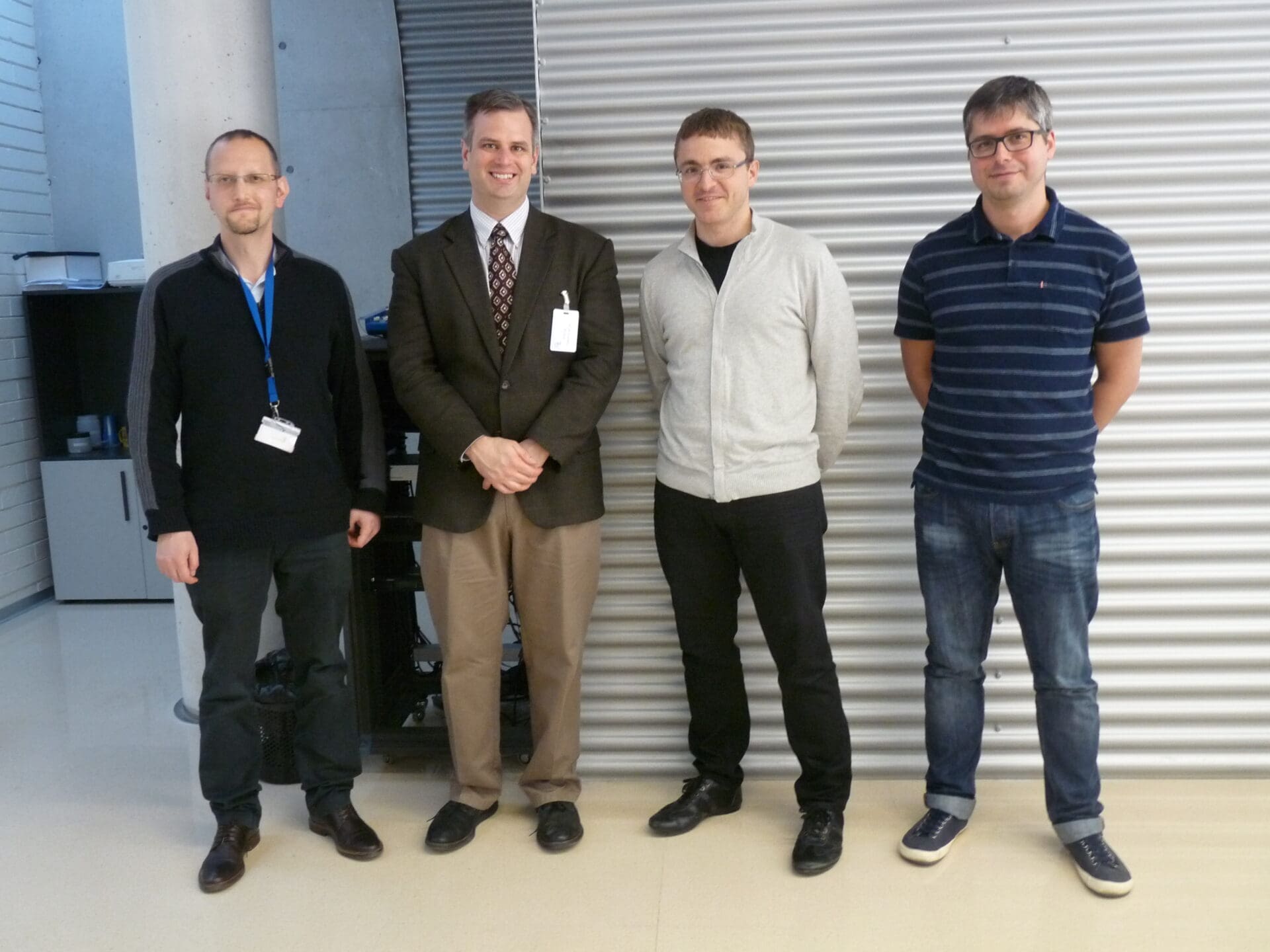
 29/04/2016
29/04/2016
 12:00
12:00
 ICIQ Auditorium
ICIQ Auditorium
- Lecturer: Prof. Paul J. Chirik
- University: Princeton University (USA)
Catalysis with Earth Abundant Elements
Transition metal catalysis has revolutionized modern society by enabling new chemical transformations with unprecedented activity and control over selectivity. Applications range from the synthesis of new silicone materials, transforming hydrocarbon fuels to accessing new building blocks for pharmaceuticals. Our laboratory has been actively engaged in developing catalysts based on earth abundant elements rather than more traditionally deployed precious metals. The inspirations for this chemistry extend beyond catalyst cost; ultimately we aim to discover new reactivity that exploits the unique electronic structures of first row transition metals. My lecture will focus on two complementary approaches to this challenge. The first explores redox-active ligands, those that engage in reversible radical chemistry with the metal center, while the second employs a more traditional strong field ligand approach to engender more electron rich metal complexes. These two extremes define a continuum of reactivity ranging from new iron catalysts for commercial silicone production (Science 2012, 335, 567) to the asymmetric hydrogenation of alkenes (Science 2013, 342, 1054), C-H functionalization (J. Am. Chem. Soc. 2014, 136, 4133) and radiolabeling (Nature 2016, 529, 195), important transformations with pharmaceutical relevance. More recently we have been focused on the discovery of new catalytic reactions for the valorization of simple alkenes – those that are now overabundant due to the development of vast natural gas reserves. An iron-catalyzed method for the diastereo- and regioselective intermolecular [2+2] cycloaddition of commodity alkenes has been discovered (Science 2015, 349, 960). Through continued ligand evolution and understanding of electronic structure, we have discovered base metal catalysts that promote chemistry unknown with established precious metal variants. The mechanisms of the various catalytic transformations, the importance of electronic structure controlled through ligand manipulation and strategies for imparting air stability will be a highlighted throughout.
Other events

Let's create a brighter future
Join our team to work with renowned researchers, tackle groundbreaking
projects and contribute to meaningful scientific advancements



















